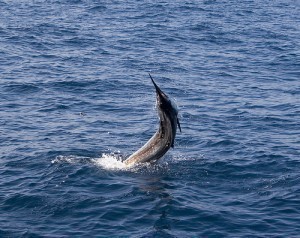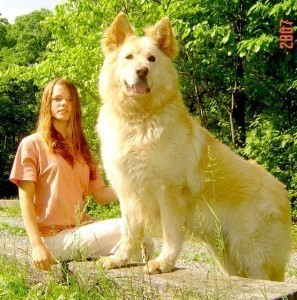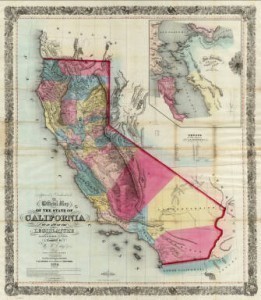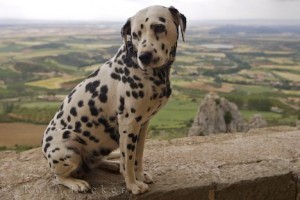How Big is a Polar Bear?
Polar bears are some sort of a symbol for the cold arctic regions of the world. We often see them in video, pictures, and at times in zoos and wildlife preserves. It is listed as the world's largest land carnivore. Its huge size is comparably larger than most predators we have in the forests. It is actually about twice the regular size of any Siberian tiger.
Polar Bear Size
If there is one word to describe the polar bear size it would be no less than humungous. Like the rest of the wild animals in the world, you can expect that the males to be larger than the females. An adult male will have heights that range from eight to ten feet tall. On the other hand, females will have a height range of six to eight feet. Male bears weigh from 250 up to 770 kg or 550 up to 1,700 lbs. Females on the other hand will weigh around 90 to 320 kg or 200 to 700 lbs.
New Born Polar Bear Sizes
It is interesting to note that twins are pretty common among these bears. When little cubs are born they usually look like huge white rats. On average, a newborn cub will be from 30 cm to 35 cm in length, which is the equivalent of around 12" to 14". 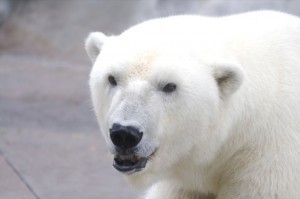 Newborns will weigh around half a kilogram or about one whole pound. Like most newborn animals, they are helpless. In fact, they have no teeth, are blind, and covered with only a short soft fur.
Newborns will weigh around half a kilogram or about one whole pound. Like most newborn animals, they are helpless. In fact, they have no teeth, are blind, and covered with only a short soft fur.
Survival Capabilities
These animals are well adapted to their arctic environment. In fact, they will have more problems adjusting to warmer weather than to colder climates. They are more accustomed to living in temperatures that can fall down to -50 degrees. The white fur they have on is quite characteristic of their species.
Their fur serves as a form of insulation. In fact, they have two layers of fur covering their entire body. Other than that, a layer of blubber also acts as insulation from the extreme cold. Their small tails and compacted ears also prevent any form of heat loss. With the influx of warm temperatures in the arctic, these bears will have a hard time handling the incoming heat since they are naturally insulated from extreme cold.
Food Chain
Polar bears claim their place at the very top of the food chain. They serve to balance nature by preventing the overpopulation of certain species like seals for instance. They have been known to hunt walruses, short legged reindeer, whales, seals, kelp, and birds and bird eggs. Given the polar bear size and their deadly capabilities, they are naturally feared by all other creatures in the cold arctic.
